Home>Garden Essentials>How Soon Can You Cut New Grass Seed
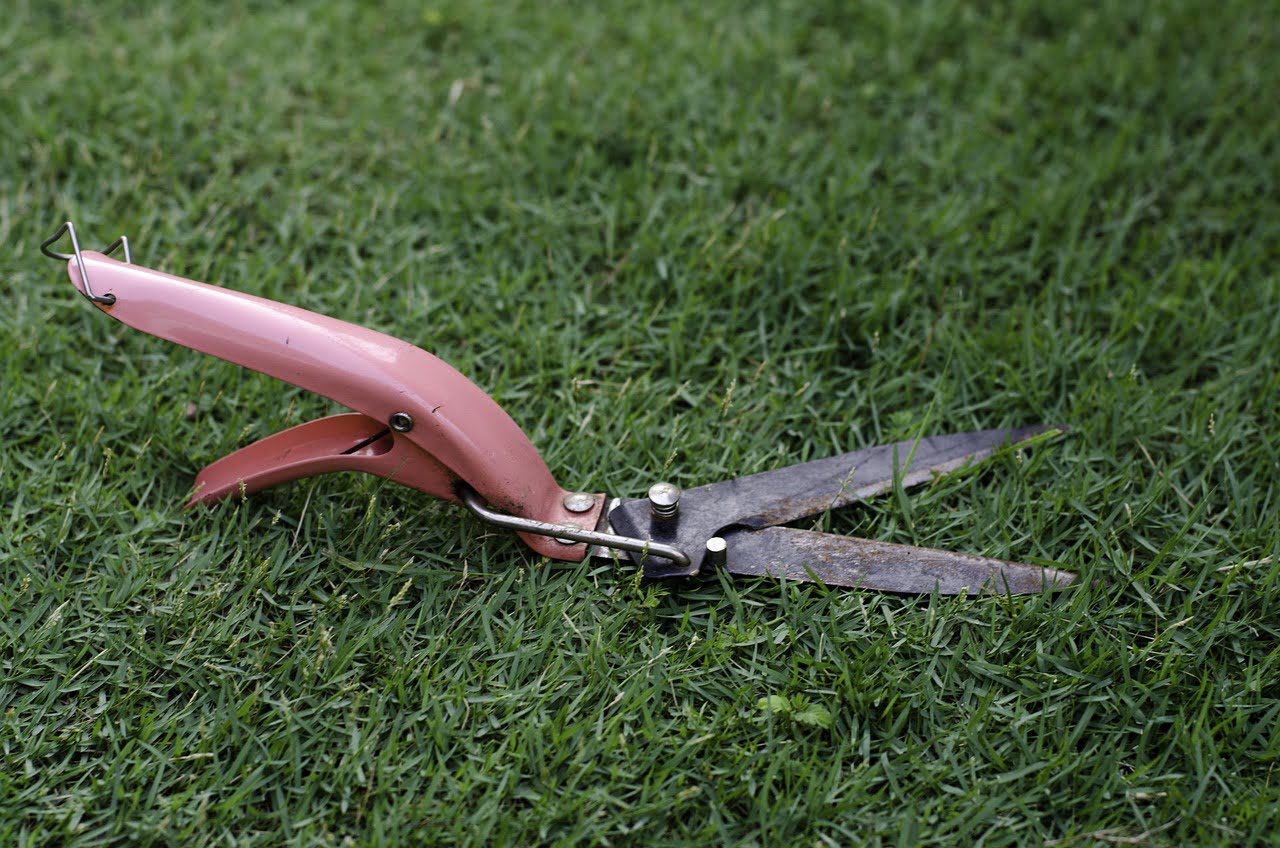

Garden Essentials
How Soon Can You Cut New Grass Seed
Modified: March 28, 2024
Looking to grow a new garden? Discover when you can cut new grass seed and get a beautiful garden in no time.
(Many of the links in this article redirect to a specific reviewed product. Your purchase of these products through affiliate links helps to generate commission for Storables.com, at no extra cost. Learn more)
Introduction
When it comes to seeding a new lawn or patch of grass, one common question that arises is, “How soon can you cut new grass seed?” Cutting new grass seed at the right time is crucial for the health and vigor of your lawn. While it may be tempting to mow the new grass as soon as it sprouts, it’s important to understand the factors that influence the timing of cutting and the optimal timeframe for doing so.
Factors such as the type of grass seed, weather conditions, and the establishment period all play a significant role in determining when you should cut new grass seed. By considering these factors and following the proper techniques, you can ensure the successful growth and maintenance of your newly seeded lawn.
Key Takeaways:
- Timing the cutting of new grass seed is crucial for a healthy lawn. Factors like grass type, growth rate, and weather conditions determine the optimal time for mowing.
- Using the right mowing techniques and maintaining the grass post-cutting are essential for a thriving lawn. Proper watering, fertilizing, and weed control contribute to the grass’s health and appearance.
Read more: How Soon To Mow New Grass
Factors Affecting the Timing of Cutting New Grass Seed
Several factors come into play when determining the timing of cutting new grass seed. Understanding these factors will help you make informed decisions and promote healthy turf growth. Here are the key factors to consider:
1. Type of grass seed: Different types of grass have varying growth rates and cutting requirements. For instance, cool-season grasses like Kentucky bluegrass and fescue usually take longer to establish and may require more time before the first mow. On the other hand, warm-season grasses like Bermuda grass and Zoysia grass tend to grow faster and may need to be cut sooner.
2. Germination and establishment period: New grass seed needs time to germinate and establish strong root systems. Generally, it takes about 7 to 21 days for grass seed to germinate, depending on the type of grass. During this period, it’s essential to avoid cutting the grass to allow the roots to grow deep and anchor the plants firmly.
3. Weather conditions: The weather plays a significant role in determining when to cut new grass seed. Ideally, you should wait until the grass reaches a recommended height and the soil is not excessively wet or dry. Cutting wet grass can lead to clumping and uneven cuts, while cutting on dry soil may stress the young plants. It is best to opt for a dry spell or moist conditions to ensure a clean and efficient mow.
4. Growth rate and height: Each type of grass has its own recommended mowing height. Some species may require reaching a specific height before the first cut, while others may be more flexible. Refer to the seed packaging or consult with a local turf expert to determine the appropriate height for your specific grass type and cut accordingly.
5. Health of the grass: The overall health of the grass is crucial in determining the right time to cut new grass seed. It is advisable to wait until the grass plants are strong and well-established before introducing the stress of mowing. Healthy, lush grass is more resilient and can handle the cutting process better.
By taking these factors into account, you can determine the optimal timing for cutting new grass seed. This will ensure that your lawn grows strong, healthy, and visually appealing. The next section will delve into the recommended timeframe for cutting new grass seed.
Optimal Timeframe for Cutting New Grass Seed
The optimal timeframe for cutting new grass seed depends on several factors, including the type of grass, seed germination period, and desired height. While it’s tempting to mow your new grass as soon as it sprouts, it’s crucial to give it enough time to establish strong roots and grow to an appropriate height.
1. Germination period: Before considering cutting your new grass seed, it’s important to allow the seeds to germinate and take root. This usually takes around 7 to 21 days, depending on the grass type. During this period, avoid mowing to prevent damaging the young and delicate seedlings.
2. Desired height: Different grass varieties have different recommended cutting heights. Generally, the grass should reach a height of 3 to 4 inches before the first mow. This height allows the grass to establish a strong root system and promotes healthy growth. Refer to the specific recommendations for your grass type to determine the ideal height.
3. Grass growth rate: The growth rate of different grass types can vary. Warm-season grasses tend to grow faster, reaching the desired cutting height sooner compared to cool-season grasses. Take into consideration the growth rate of your grass species to determine when it’s appropriate to mow.
4. Weather conditions: It’s best to cut your new grass seed under favorable weather conditions. Avoid mowing when the grass or soil is wet to prevent clumping and uneven cutting. Also, be mindful of extremely hot or dry conditions, as they can stress the young grass. Opt for a dry day with moderate temperatures for the best mowing experience.
5. Health of the grass: Lastly, consider the overall health of the grass. Wait until the grass is visibly strong and established before cutting. Healthy grass is better equipped to handle the stress of mowing and will recover faster after the cut.
By considering these factors, you can determine the optimal timeframe for cutting your new grass seed. Be patient and allow the grass to establish a healthy foundation before introducing the stress of mowing. This will ensure a vibrant and well-maintained lawn. The next section will discuss the signs that indicate it is time to cut the new grass seed.
Signs That Indicate it is Time to Cut the New Grass Seed
Knowing when it’s time to cut your new grass seed is essential for maintaining a healthy and attractive lawn. While there is no hard and fast rule, several signs can indicate that it’s the right time for the first mow. Pay attention to these signs to ensure optimal growth and a well-manicured lawn.
1. Grass height: One of the most obvious signs that it’s time to cut the new grass seed is when it reaches the recommended cutting height. Typically, this is around 3 to 4 inches, but it may vary depending on the grass variety. Measure the grass height using a ruler or visually assess when it looks tall enough for trimming.
2. Visible growth: Look for visible signs of growth in the new grass seed. After the germination period, you should start to notice lush green blades emerging from the soil. Once the grass is visibly growing and filling in, it’s an indication that it’s ready for its first trim.
3. Density: As the new grass seed grows, you will notice an increase in density. The grass will become thicker and more uniform, indicating that it’s establishing well. When you see a dense and healthy-looking lawn, it’s a good indication that it’s time for the first mow.
4. No trip hazards: If the grass is growing unevenly and creating trip hazards or an unkempt appearance, it’s a sign that it’s time to give it a trim. Cutting the grass will even out the growth and create a safer and more aesthetically appealing lawn.
5. Sturdy roots: Before mowing the new grass seed, gently tug on a few plants to check the root strength. If the roots are firmly anchored in the soil, it indicates that the grass is well-established and can handle the cutting process.
Remember, it’s essential to avoid cutting the grass too soon or too late. Cutting too early can stress the young grass and impede its growth, while cutting too late can lead to uneven cutting and scalping. By paying attention to these signs, you can ensure that you mow your new grass seed at the optimal time for healthy and attractive results.
Wait until the new grass seed has grown to at least 3 inches before cutting it for the first time. This allows the roots to establish and the grass to become stronger.
Techniques for Cutting New Grass Seed
When it comes to cutting new grass seed, using the right techniques is crucial to achieve a clean, even cut and promote healthy growth. Here are some important techniques to keep in mind:
1. Choose the right mower: Selecting the appropriate mower is essential for cutting new grass seed. Opt for a sharp-bladed rotary mower or a reel mower, depending on your preference and the size of your lawn. Ensure that the mower blade is sharp to prevent tearing or damaging the young grass.
2. Set the cutting height: Set the cutting height of your mower according to the recommended level for your specific grass type. As a general rule, avoid cutting off more than one-third of the grass height at a time to prevent stress and maintain good health.
3. Trim in dry conditions: Try to mow the new grass seed when the grass and soil are dry. Mowing on wet grass can cause clumping and uneven cutting, while mowing on wet soil can lead to soil compaction. Wait for a dry spell or early morning when the dew has evaporated for optimal cutting conditions.
4. Mow in different directions: Change the direction in which you mow each time to prevent matting and encourage more upright growth. Alternating the mowing direction also helps to prevent the grass from leaning heavily in one direction and promotes a more even and attractive appearance.
5. Avoid mowing during extreme heat: During periods of excessive heat, it is best to skip mowing altogether. Mowing in extreme heat can stress the grass and cause it to go dormant or even die. Instead, wait for cooler temperatures to resume regular mowing.
6. Collect or mulch the clippings: New grass seed is delicate, and excessive clippings left on the lawn can smother the emerging grass blades. Depending on the length and volume of the clippings, opt for either collecting them using a bag attachment or mulching them into the lawn with a mulching mower.
7. Clean the mower: After mowing, it’s important to clean the mower thoroughly to prevent the spread of diseases and pests. Remove any grass clippings from the mower deck and blades to keep your lawn healthy and free from unwanted problems.
By applying these techniques, you can ensure a successful and efficient cutting process for your new grass seed. Pay attention to the specific needs of your grass type and make adjustments accordingly to promote healthy growth and a beautiful lawn.
Read more: How Soon To Fertilize New Grass
Tips for Maintaining Newly Cut Grass Seed
Once you’ve cut your new grass seed for the first time, it’s important to continue proper maintenance to ensure its continued growth and health. Here are some essential tips for maintaining newly cut grass seed:
1. Watering: Proper watering is crucial for the health of your newly cut grass seed. Water deeply and infrequently, aiming for about 1 inch of water per week. Avoid frequent light watering, as it encourages shallow root growth. Water early in the morning to reduce evaporation and allow the grass to dry before evening, preventing disease and root rot.
2. Fertilizing: Begin fertilizing your newly cut grass seed once it has been mowed a few times and has established itself. Choose a high-quality, slow-release fertilizer and follow the instructions carefully. Avoid over-fertilization, as it can lead to excessive growth and weak roots. Consult with a gardening expert or conduct a soil test to determine the appropriate fertilizer and application rate for your specific grass type.
3. Weed control: Prevent weeds from competing with your newly cut grass seed by applying pre-emergent herbicides before weed seeds germinate. Be cautious when using herbicides and always follow the instructions to avoid damaging your grass. Hand-pull any visible weeds that appear before they have a chance to establish and spread.
4. Regular mowing: Once your new grass seed has been cut for the first time, establish a regular mowing schedule to maintain an optimal height. Avoid cutting more than one-third of the grass height at a time and adjust the cutting height according to the recommended level for your specific grass type. Regular mowing encourages denser growth and helps to control weeds.
5. Aeration: Consider aerating your newly cut grass seed once it has established itself. Aeration helps to alleviate soil compaction and promotes better air, water, and nutrient movement to the grass roots. Use an aerator or hire a professional to perform this task for you.
6. Monitor for pests and diseases: Keep an eye out for any signs of pests or diseases in your newly cut grass seed. Inspect the lawn regularly for signs of insect damage, such as brown patches or holes in the grass. Address any pest or disease issues promptly to prevent further damage.
7. Avoid heavy foot traffic: Try to minimize foot traffic on your newly cut grass seed, especially during the establishment period. Heavy foot traffic can damage the young plants and compact the soil, hindering their growth. Consider placing temporary barriers or signs to restrict access to the area until the grass has fully matured.
By following these tips, you can maintain and nurture your newly cut grass seed, ensuring it grows into a lush and healthy lawn. With proper care and maintenance, your grass seed will thrive and provide you with a beautiful outdoor space to enjoy for years to come.
Conclusion
Properly timing the cutting of new grass seed is crucial for the health and appearance of your lawn. By considering factors such as the type of grass, germination period, weather conditions, and growth rate, you can determine the ideal timeframe for cutting. Signs indicating it’s time to cut include reaching the recommended height, visible growth, density, and sturdy root systems.
When it comes to cutting new grass seed, using the right techniques is essential. Choose the appropriate mower, set the cutting height accordingly, mow in different directions, and avoid mowing during extreme heat. Collect or mulch the clippings and clean the mower after use to maintain a healthy lawn.
Maintaining newly cut grass seed involves proper watering, fertilizing, weed control, regular mowing, and monitoring for pests and diseases. Pay attention to these aspects to ensure the continued growth and well-being of your lawn. Avoid heavy foot traffic during the establishment period and implement aeration when necessary.
In conclusion, timing the cutting of new grass seed, as well as employing proper techniques and maintenance, is vital for achieving a thriving and vibrant lawn. With patience, care, and attention to detail, your newly cut grass seed will transform into a beautiful and inviting landscape that you can enjoy for years to come.
Frequently Asked Questions about How Soon Can You Cut New Grass Seed
Was this page helpful?
At Storables.com, we guarantee accurate and reliable information. Our content, validated by Expert Board Contributors, is crafted following stringent Editorial Policies. We're committed to providing you with well-researched, expert-backed insights for all your informational needs.
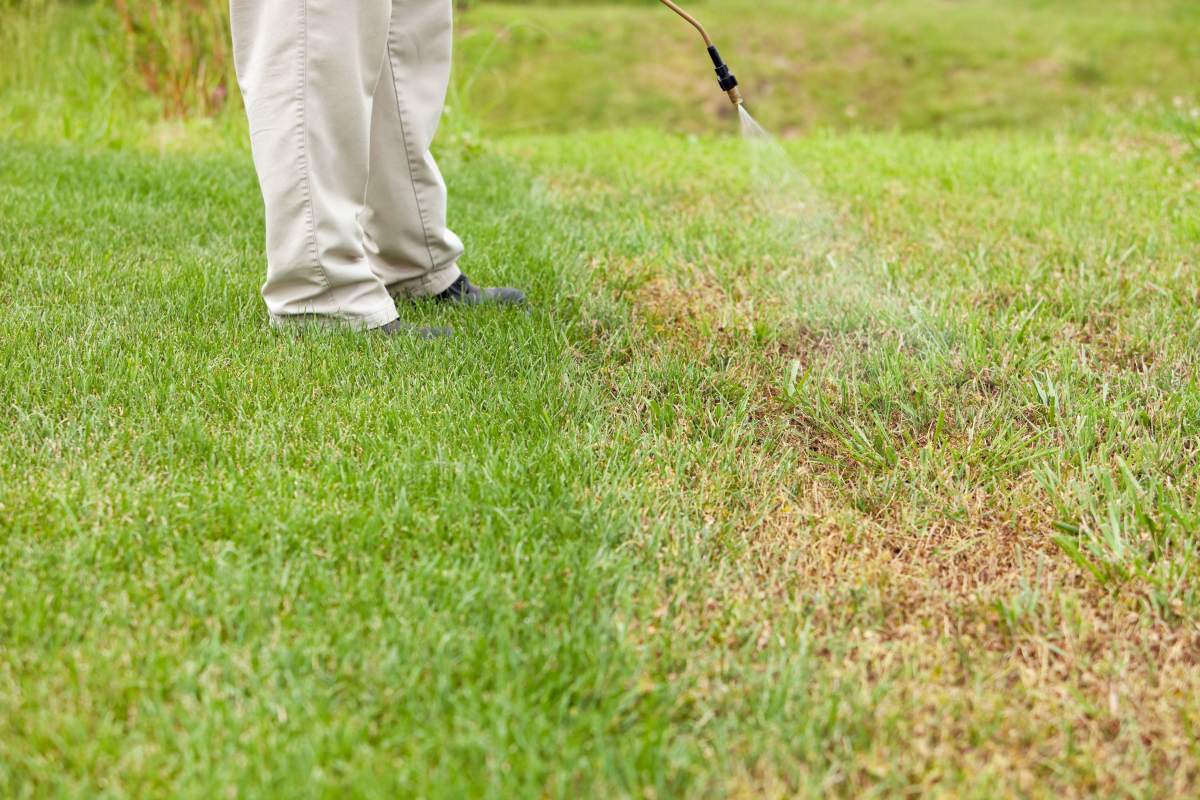

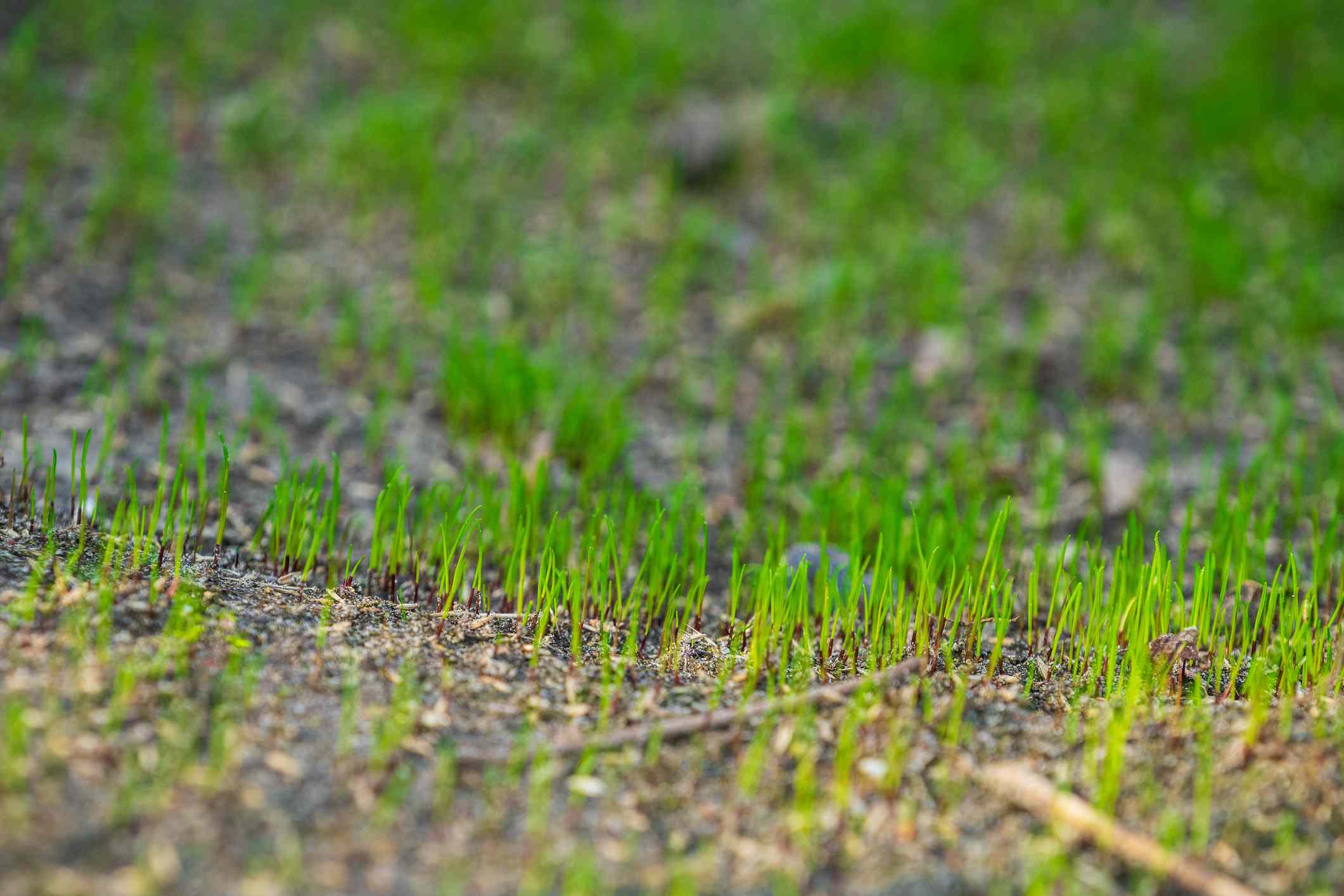
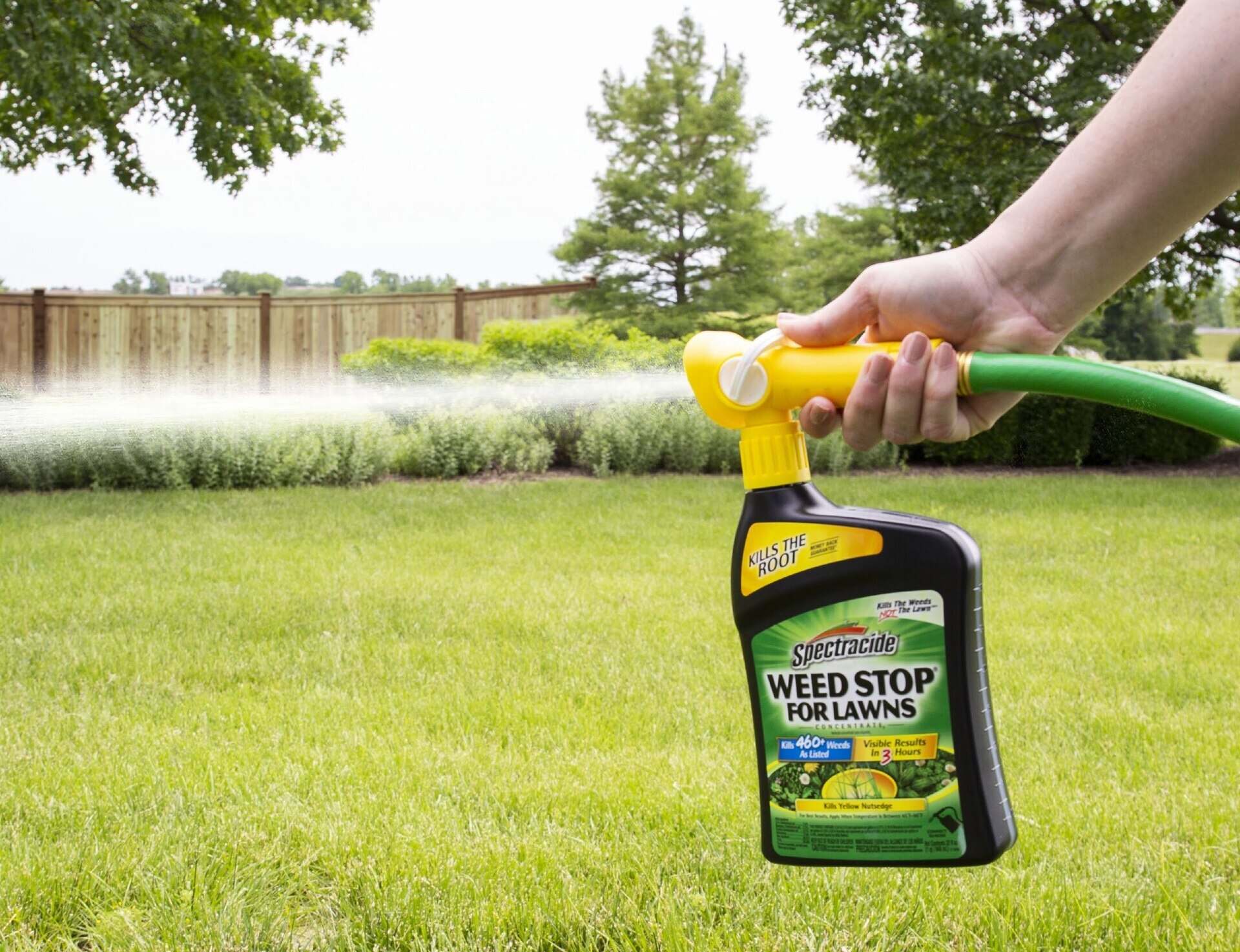
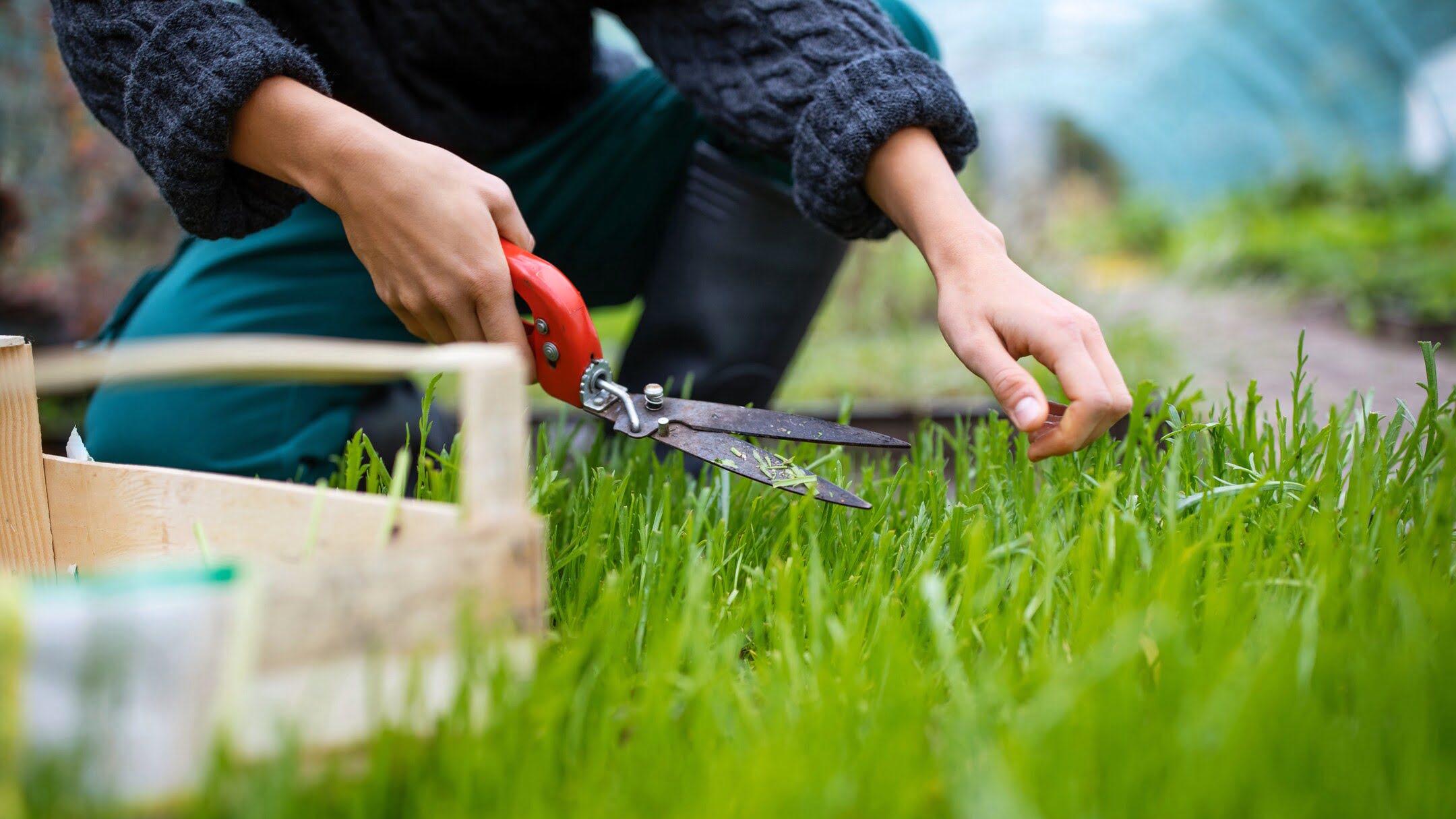
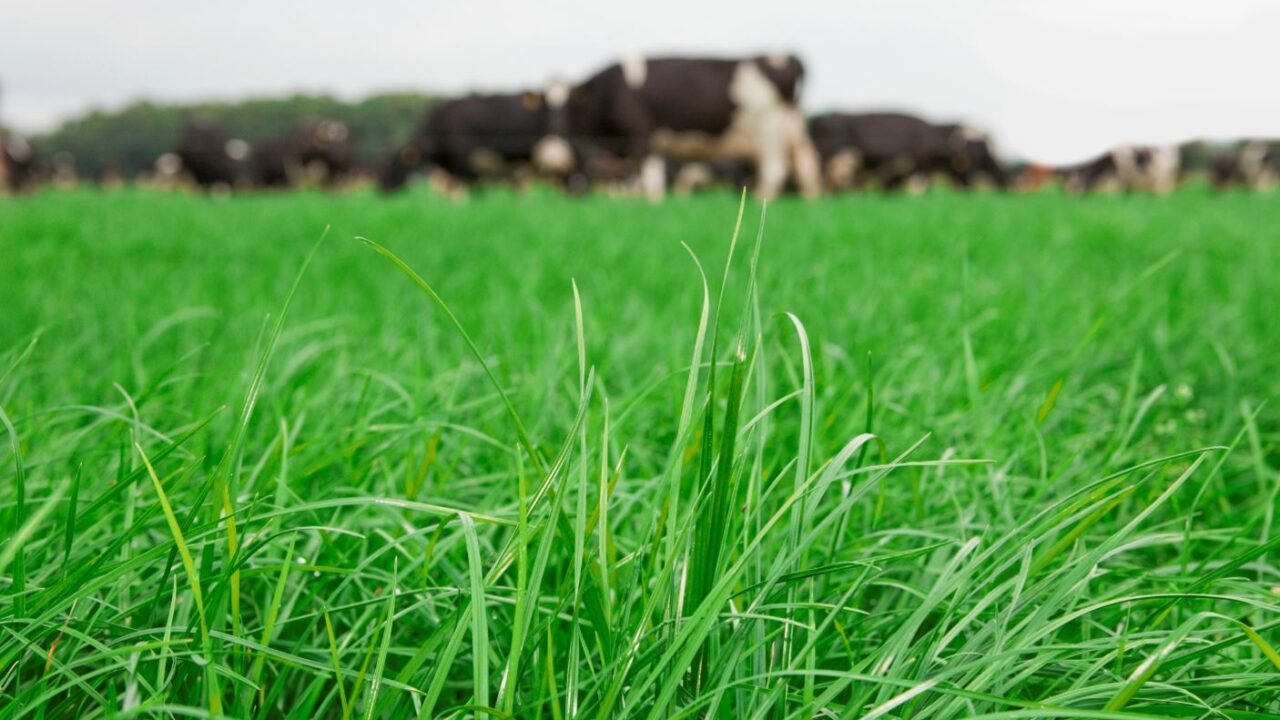

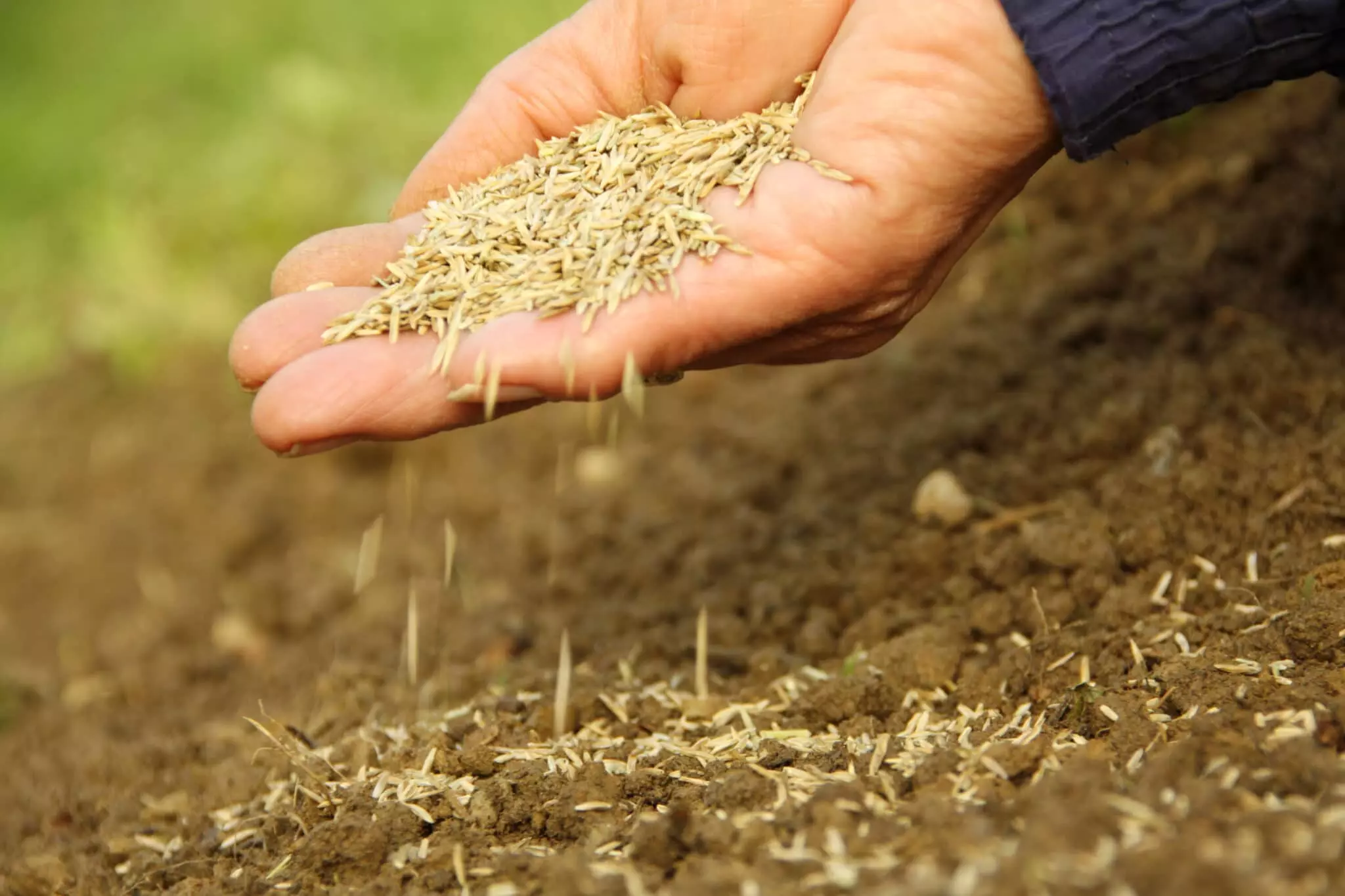
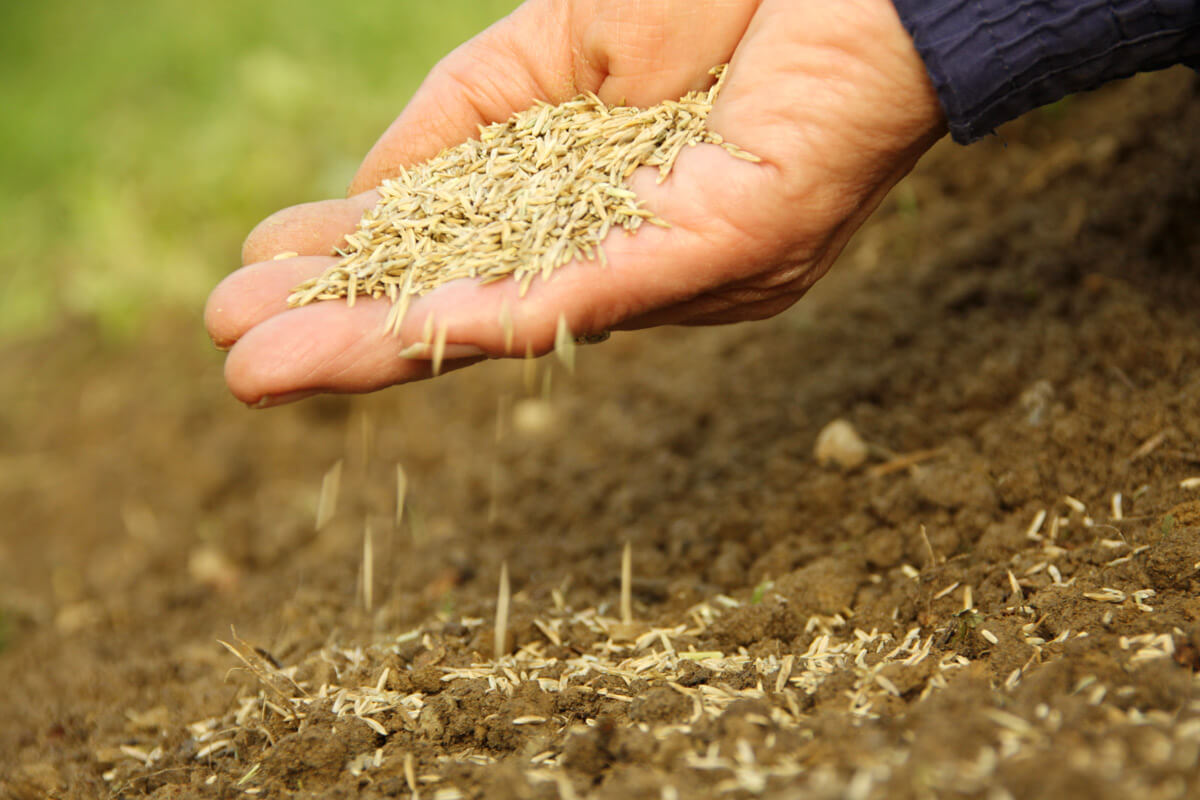

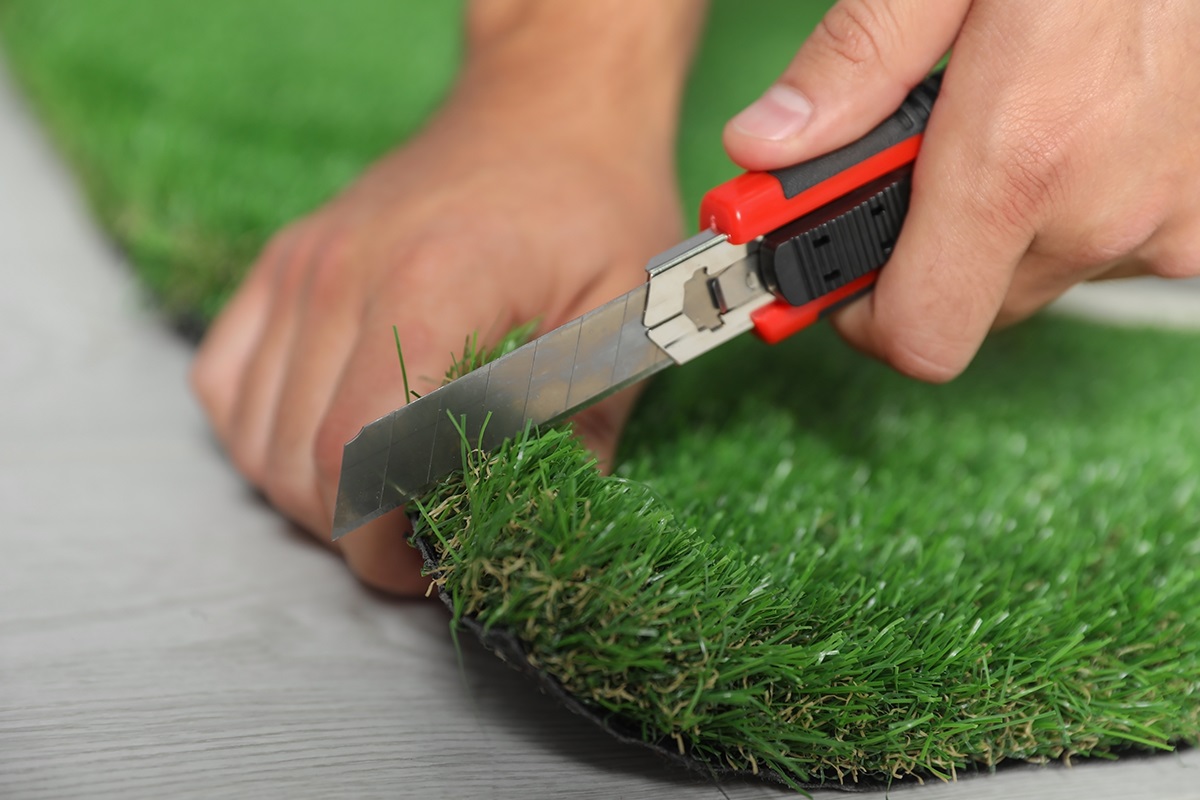
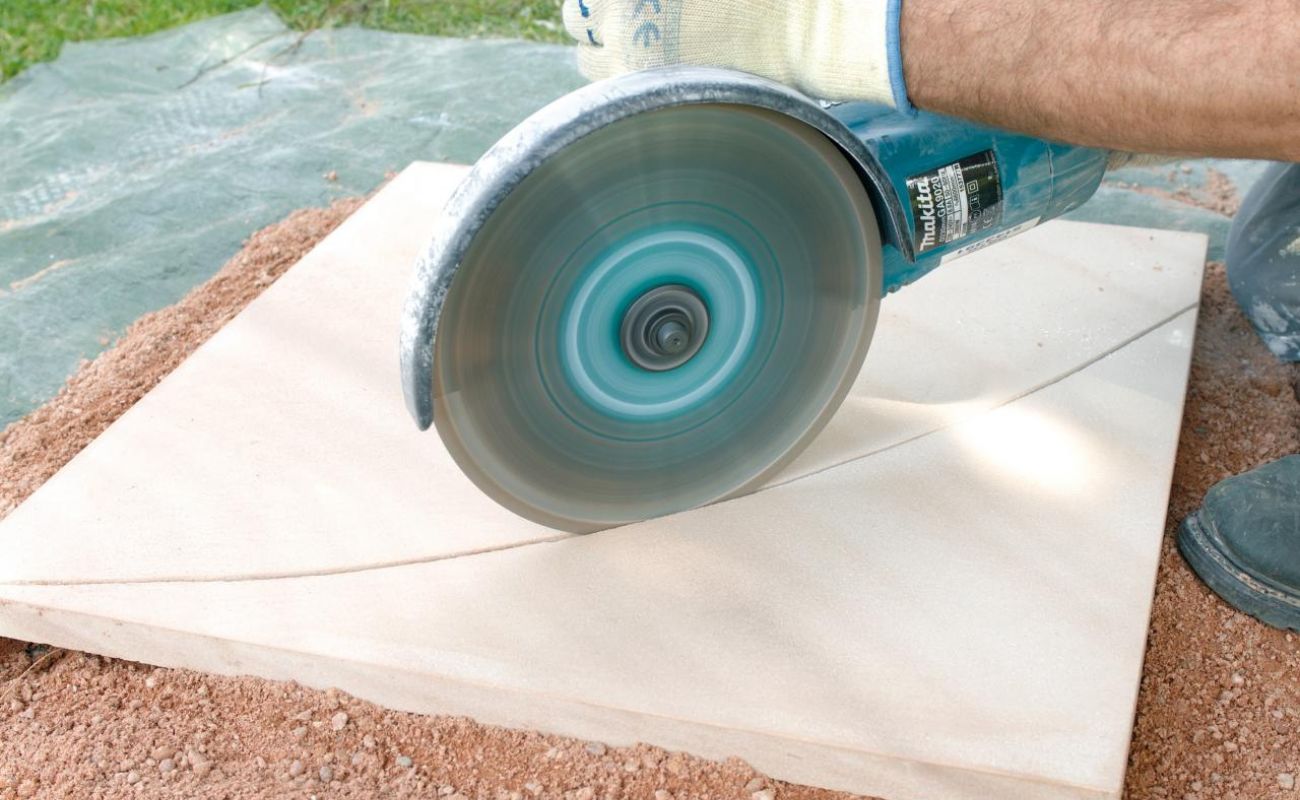
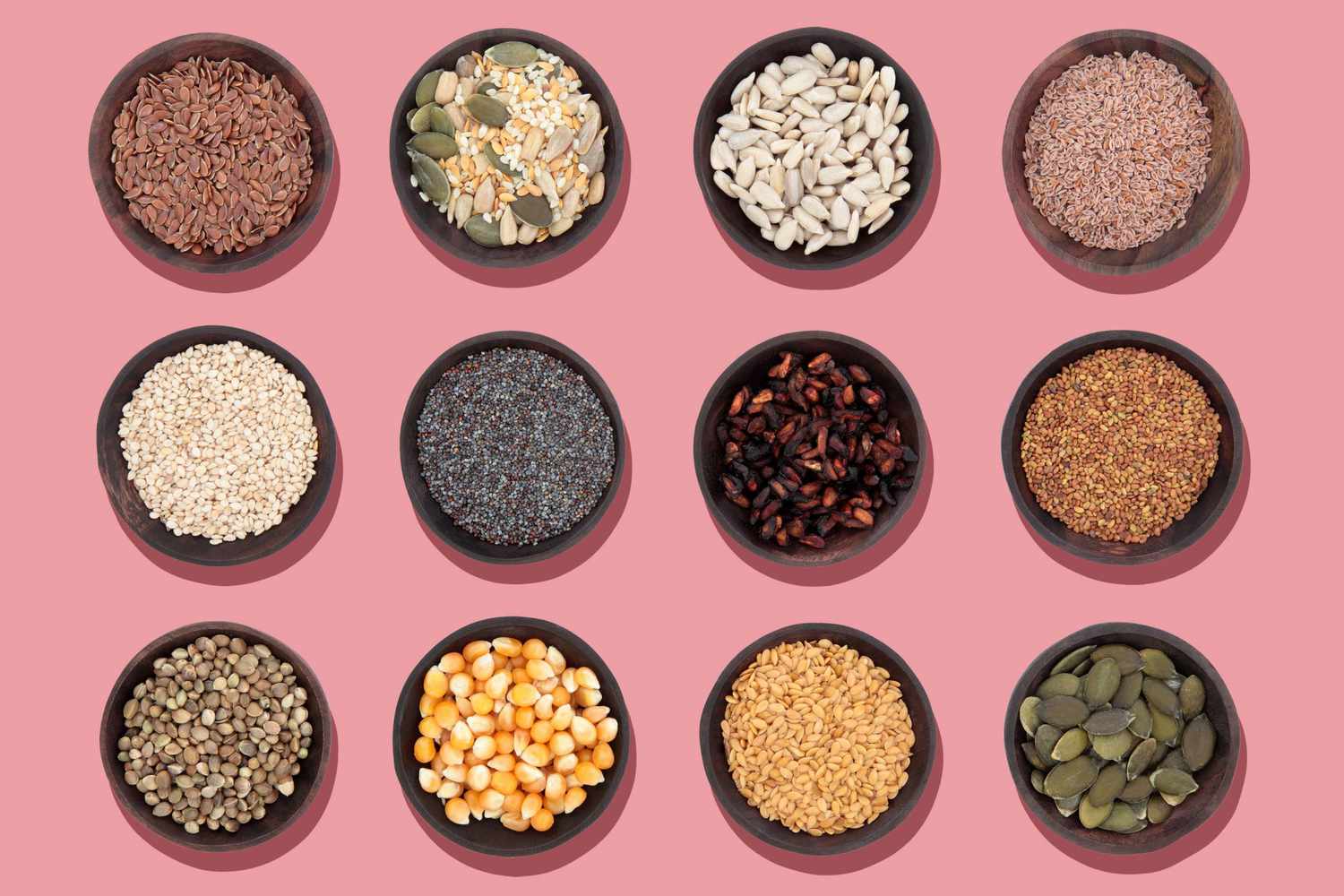
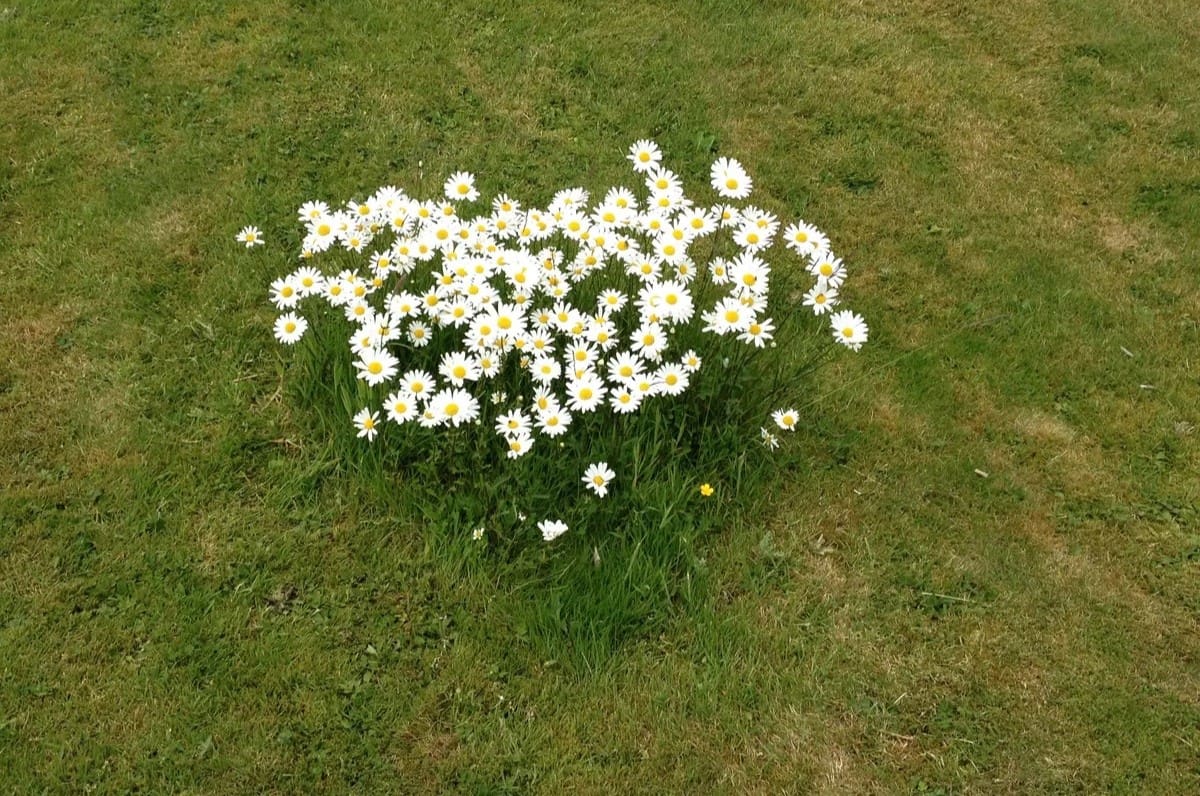

0 thoughts on “How Soon Can You Cut New Grass Seed”